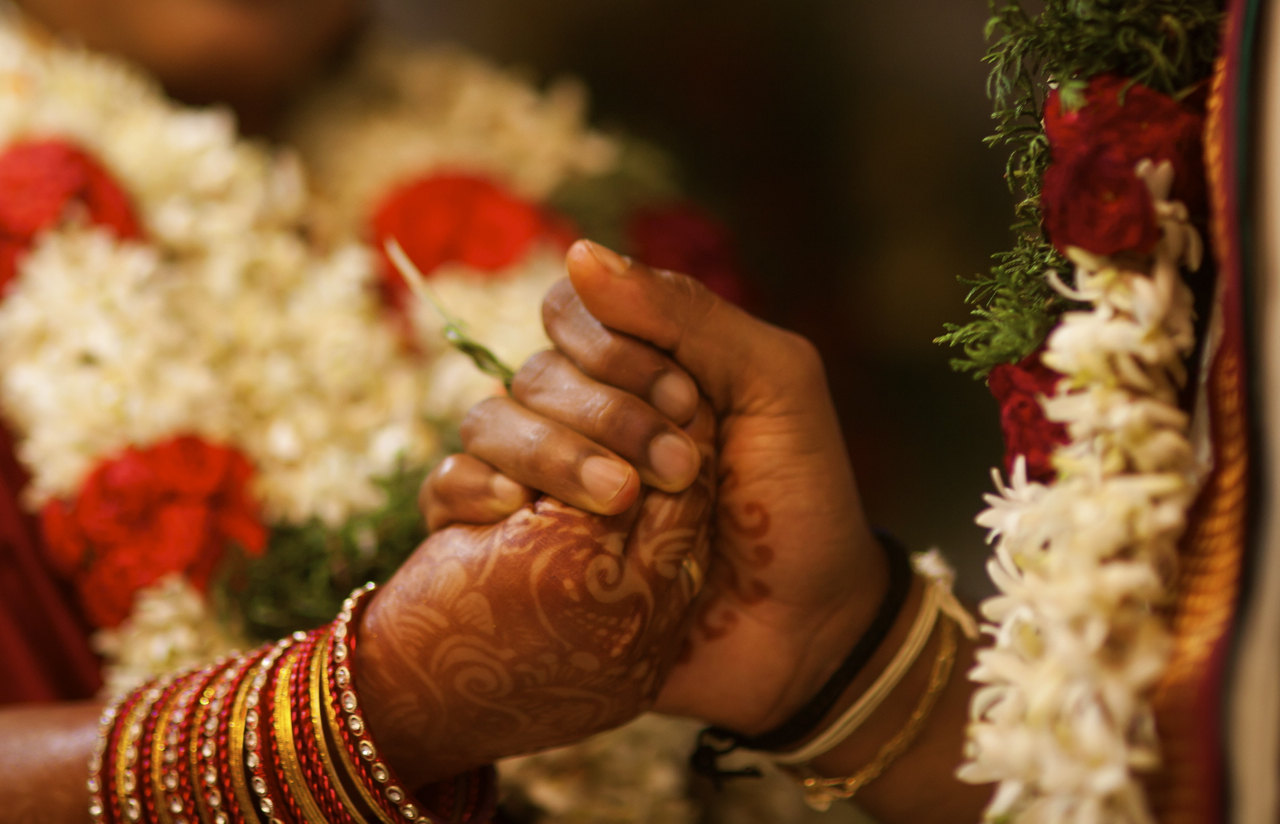
Flowers Which Don27t Change Colour Aayiram Malargalae
Hydrangea colour varieties Flower colour is determined by the plant’s genetic make up but can be affected by external factors such the flower’s age, the season, a response to soil pH, chemical stimulus or poor nutrition. Seed grown plants may be different from their parents. Some plants can also develop mutations – an odd-branch known as a ‘sport’ – with a different flower or leaf colour to the parent plant. A plant that forms a ‘sport’ may be on its way to creating a new variety. The mutated growth (which may just be one shoot) could produce differently shaped or coloured leaves or a new flower colour.
Fever Christopher Cross Ride Like The Wind Acapella Martin Garix Wizard Total Dont Change Love Is Like Oxygen Sweet O Mari Maa Mai Tara Ladala Songs. Roses for the Lady. Flowers arrangement was exactly as per image only shown on website, How beautifully it was arranged, so fresh., Really can bring smile on anybody's face. You guys are awesome and understand how to handle any one emotions. Thank you so much.
Sports may be found on common garden plants including azaleas and camellias. Sports have given rise to new varieties when the odd- looking branch is detached from the parent plant, propagated and found to remain stable. Sports that are not stable may revert returning to the original appearance of the parent. Azalea ‘White Prince’ is a sport of the pink azalea ‘Rose Queen’. ‘White Prince’ may have both white and pink flowers on the one bush. Rosa mutabilis Flower colour may also be different at different times of the year.
Repeat-flowering rose blooms for example may look different in spring and autumn due to the plant’s response to heat and cold. Some changes are more dramatic. Petunia breeders are experimenting with a flower that changes colour between morning and evening. The flower changes from red to blue. For more on this fascinating project, known as Petunia Circadia, see more. These dramatic changes are do to chemicals in the flower and lead to another reason for colour changes which is inhibition of certain chemicals in the flower. For example, a flower may appear blue or purple due to the presence of anthocyanin.
If anthocyanin production is inhibited, the flower may appear white. Anthocyanin inhibition could explain common blue and purple garden flowers such as agapanthus and iris, which sometimes confound gardeners by blooming white and is involved in the so-called Petunia Circadia experiment. Bright blue hydrangeas are a sign of acidic soil The big leaf hydrangea ( Hydrangea macrophylla) is well known for changing its flower colour in response to soil pH.
The part of the flower that changes is actually the sterile bracts around the true flower. The bracts may be pink, mauve, purple or blue as soil pH ranges from alkaline to acidic. The hydrangea responds to the availability of aluminium in the soil, which is determined by soil pH. The chemical in the flower that is affected is anthocyanin.

Adding lime to soil that naturally grows blue hydrangeas can change their colour to purple or pink as the soil becomes more alkaline. Adding aluminium sulfate to alkaline soils encourages pink hydrangeas to develop blue tones. To experiment with changing the colour of a hydrangea, grow a plant in a pot and add aluminium sulfate (sold as hydrangea bluing tonic) to the pot during spring. By summer, when the hydrangea blooms, its flower should be bluer than before if the pH of the potting mix has been lowered. Seedling variation A big reason garden plants appear to change colour however is seedling variation.
Many species have the potential to produce plants with a range of flower colours – for example pansies can be yellow, brown, orange white, pink, purple or blue. Plants raised from seeds from an orange pansy for example may flower yellow or even purple depending upon the breeding that lead to the original orange-flowered plant. [This article first appeared in TasWeekend (October 22-23, 2016) in The Mercury.]. About Jennifer Stackhouse Recently Jennifer Stackhouse made the big move from Kurmond in NSW to a Federation house in the little village of Barrington tucked beneath Mt Roland in northwest Tasmania.
With high rainfall, rich, red deep soil and a mild climate she reckons she's won the gardening lottery. She's taken on an acre garden that's been lovingly planted and tended for the past 28 years by a pair of keen gardeners so she is discovering a garden full of horticultural treasures. Jennifer is the author of several gardening books including 'Garden', which won a Book Laurel for 2013, as well as ‘The Organic Guide to Edible Gardens’, ‘Planting Techniques’ and ‘My Gardening Year’, which she wrote with her mother Shirley. She was editor of ABC 'Gardening Australia' magazine and now edits the trade journal 'Greenworld' magazine and writes regularly for the Saturday magazine in 'The Mercury'. Nonton streaming anime sub indo.